Retro Replay Review
Gameplay
Pickle Wars embraces old-school platforming with surprisingly modern flair courtesy of its dual parallax scrolling. As Dave, you’ll run, jump, shoot and climb through sprawling levels that unfurl in multiple layers of foreground and background, giving each stage a sense of depth rarely seen in shareware titles of its era. The responsive controls let you chain precise jumps and mid-air shots with your trusty Salad Shooter, making movement as satisfying as the combat itself.
(HEY YOU!! We hope you enjoy! We try not to run ads. So basically, this is a very expensive hobby running this site. Please consider joining us for updates, forums, and more. Network w/ us to make some cash or friends while retro gaming, and you can win some free retro games for posting. Okay, carry on 👍)
The heart of the gameplay lies in exploration and discovery. Each episode—Invasion of the Pickle People, Escape from the Pickle Planet, and The Search for the Doomsday Machine—offers large, interconnected maps peppered with hidden rooms and secret upgrade caches. You’ll often backtrack to unlock new areas once you find ancient weapons, and this Metroid‐style progression keeps the action fresh as you unearth rockets, lasers, and more salad‐inspired firepower.
Challenge ramps up steadily across the trilogy. Early levels ease you in with simple pickle grunts and basic platforming puzzles, but later stages introduce tougher foes, moving platforms and environmental hazards that demand careful timing and strategic use of your arsenal. Whether you’re hunting for every hidden weapon or barreling through to the final boss, Pickle Wars balances skill‐based action with enough exploration to keep completionists happily invested for hours.
Graphics
Visually, Pickle Wars leans into a vibrant, cartoonish aesthetic that complements its tongue-in-cheek premise. The titular alien pickles sport oversized, dripping brine drops and menacing grins, standing out crisply against backdrops of futuristic Arcadia ruins and pickle‐themed laboratories. Sprite work is sharp and colorful, with enough animation frames to convey weight and momentum in Dave’s jumps and attacks.
The dual parallax scrolling is a standout feature, offering layered backdrops that shift independently of the main action plane. This technique not only delivers a sense of immersion—watch clouds drift by overhead or distant machinery clank in the background—but also cleverly hides secret alcoves and switches in successive layers, rewarding observant players.
If there’s one area where Pickle Wars feels its age, it’s in resolution and color depth. The palette is limited compared to modern indie platformers, and occasional pixelation crops up on large enemy sprites. Still, the game’s distinct art direction and consistent frame rate make these technical limitations easy to forgive when you’re locked in combat with a horde of dill‐spewing invaders.
Story
In Pickle Wars, a half‐century of peace has lulled humanity into complete disarmament—only to be shattered by an invasion of giant dill pickle aliens hell-bent on conquering the human colony of Arcadia. This delightfully absurd premise sets the tone for a narrative that never takes itself too seriously, blending campy sci-fi clichés with tongue-in-cheek humor that keeps the mood light even in high-stakes moments.
You play as Dave, a plucky everyman armed with nothing but a Salad Shooter and a healthy dose of optimism. Tasked with locating ancient weapons hidden across three distinct episodes, Dave’s journey takes him from crumbling city streets to the heart of the pickle mothership. Along the way, brief text-based cutscenes and on‐screen dialogue deliver chuckle-worthy one-liners and clever wordplay, reinforcing the game’s identity as both a pastiche and homage to classic action platformers.
Each episode fleshes out the overarching plot with its own mini-arc: the initial Invasion of the Pickle People lays down stakes and introduces key foes, Escape from the Pickle Planet escalates the tension with zero-gravity gondolas and gravity-inverting devices, and The Search for the Doomsday Machine culminates in a race against time to find the ultimate parsley-powered weapon. The story rarely breaks new ground, but its brisk pacing and playful writing make every twist feel entertaining rather than predictable.
Overall Experience
Ultimately, Pickle Wars stands out as a charming retro revival that balances challenge, exploration, and humor. The trilogy format provides excellent value—players can sample the shareware episode before committing to the full adventure—while the gradual difficulty curve ensures newcomers aren’t overwhelmed and veterans stay engaged. Completionists will appreciate the hidden weapons and bonus rooms, though casual players can still breeze through the main campaign in a few hours.
Sound design and music round out the experience with jaunty, synth-driven tunes and satisfying weapon effects that crackle through your speakers. Controls remain tight throughout, whether you’re scaling walls or lining up a perfect headshot against a briny behemoth. Occasional slowdown in later levels is rare and never crippling, a small trade-off for the game’s rich, layered environments.
For anyone seeking a lighthearted yet challenging platformer with a unique hook, Pickle Wars delivers on nearly every front. Its blend of humor, exploration, and old-school action makes it a standout pick for retro enthusiasts and newcomers alike. So grab your Salad Shooter, brace for brine, and get ready to turn the tide against the pickle horde in one of the most unexpectedly entertaining trilogies to emerge from the shareware era.
 Retro Replay Retro Replay gaming reviews, news, emulation, geek stuff and more!
Retro Replay Retro Replay gaming reviews, news, emulation, geek stuff and more!
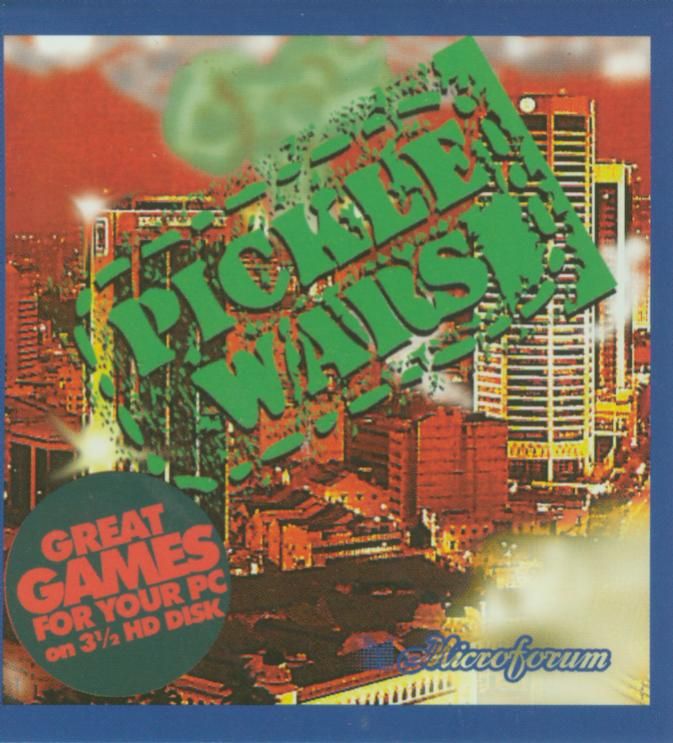
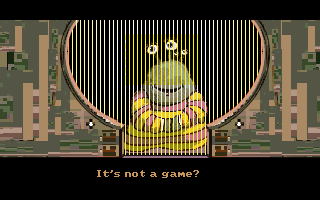
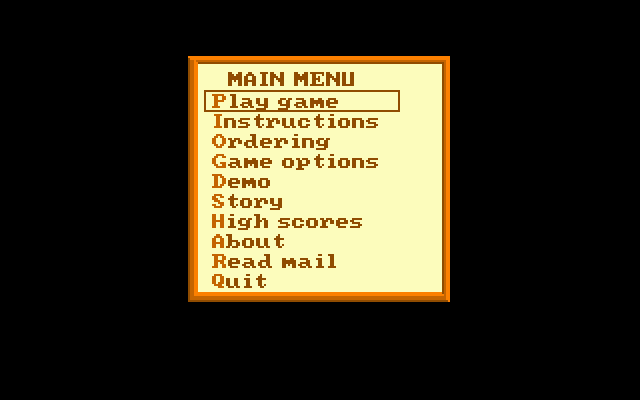
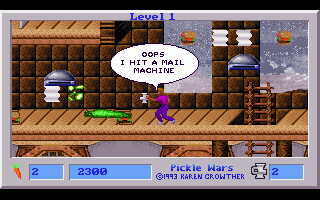
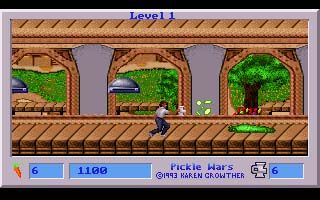
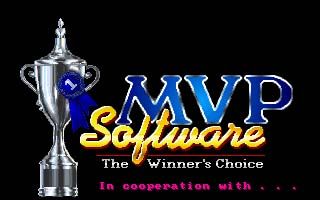



Reviews
There are no reviews yet.